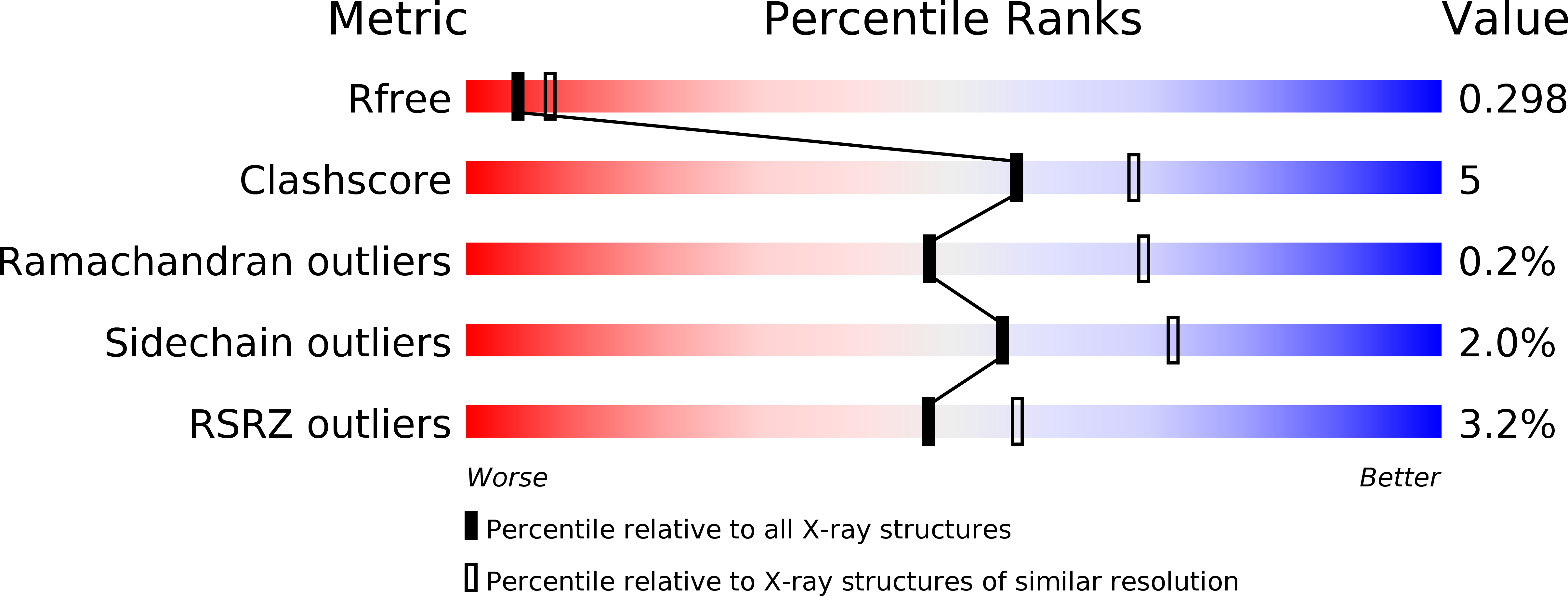
Deposition Date
2015-08-06
Release Date
2015-09-09
Last Version Date
2024-05-08
Entry Detail
Biological Source:
Source Organism:
COXSACKIEVIRUS A16 (Taxon ID: 31704)
Host Organism:
Method Details:
Experimental Method:
Resolution:
2.75 Å
R-Value Free:
0.30
R-Value Work:
0.30
R-Value Observed:
0.30
Space Group:
P 41 21 2


